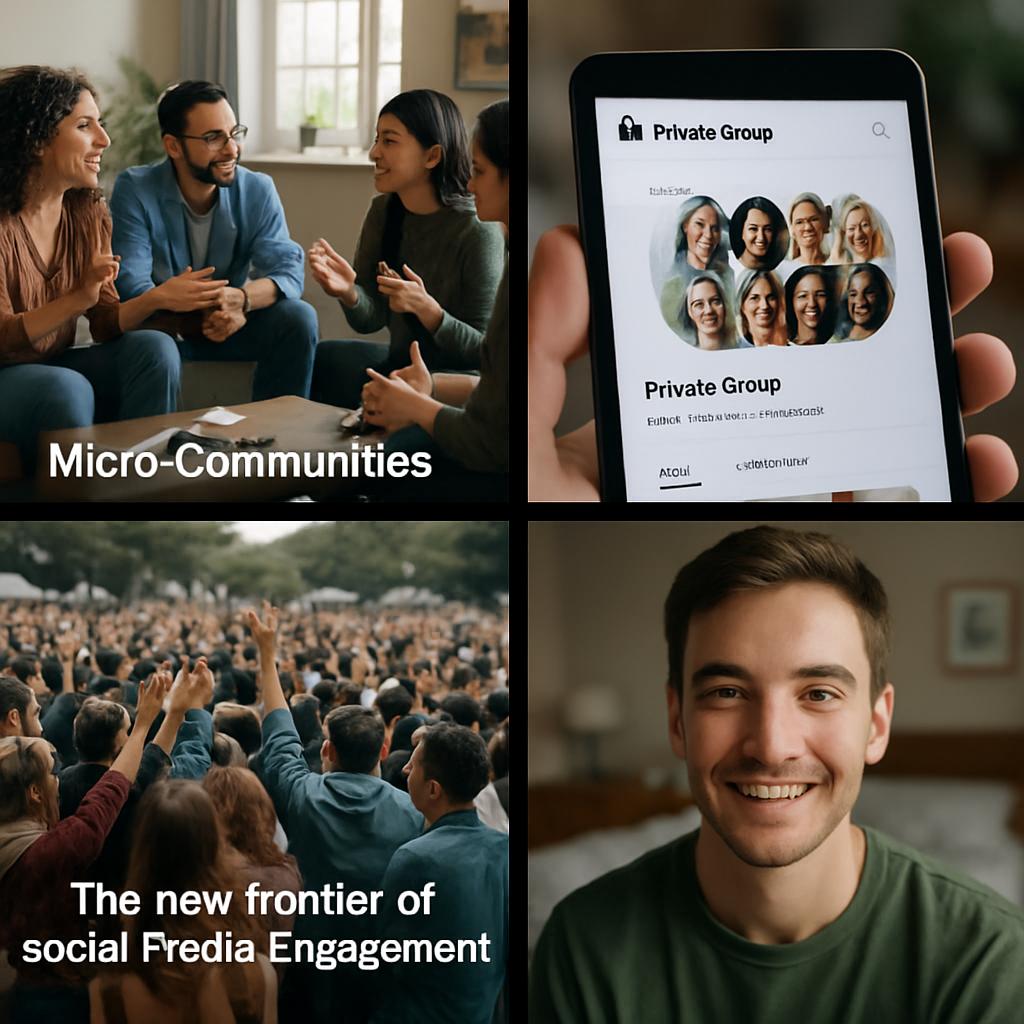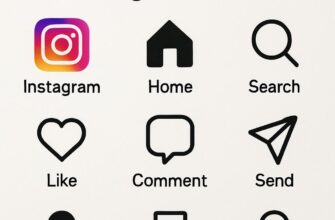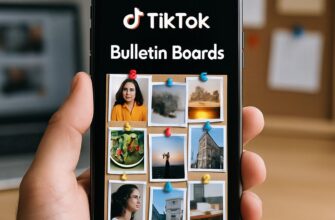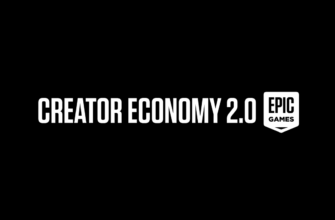The shift from broadcast feeds to intimate circles is not a fad; it’s a rearrangement of social habits. People are trading noise for signal, seeking smaller rooms where identity, trust, and utility come first instead of algorithmic reach. This article explores why that change matters, how it plays out across platforms, and what brands and creators must learn to thrive in these quieter but more potent corners of the internet.
- Why social networks are turning inward
- What defines a micro-community and private group
- Psychology of small groups: why they work
- Where they live: platforms and formats
- Real-world examples and a personal story
- How brands and creators are using them
- Measuring success in small spaces
- Governance, moderation, and trust
- Risks: echo chambers, scale limits, and legal issues
- How to build a thriving micro-community
- The future: hybrid experiences and ownership
Why social networks are turning inward
Mainstream platforms once promised connection at scale, but scale brought problems: harassment, shallow interactions, and a constant churn of attention. Users started to crave safety, relevance, and conversations that felt like they belonged to a living room rather than an amphitheater.
At the same time, privacy concerns and changes to ad-driven algorithms nudged creators and users toward private spaces. Those places—groups, channels, and invite-only forums—offer better moderation, sustained conversations, and a context that improves signal-to-noise ratios.
What defines a micro-community and private group
A micro-community is simply a small, focused collection of people who share a specific interest, goal, or identity. Membership can be wide-open or gated, but the defining characteristics are cohesion, shared norms, and frequent, meaningful interaction rather than one-off likes.
Private groups emphasize controlled access, explicit rules, and a sense of safety. They might exist on Facebook, Discord, WhatsApp, or in standalone community platforms, but what ties them together is the expectation of deeper, ongoing engagement and the capacity for members to influence group direction.
Psychology of small groups: why they work

Behavioral science shows that humans are wired for small-group bonds. We respond to social identity, reciprocal acts, and visible reputation systems—elements that scale badly in massive public feeds. In small groups, contributions feel visible and consequential, which encourages participation and builds commitment.
Trust also compounds value. When members believe that a group enforces standards, they disclose more, ask bolder questions, and offer candid feedback. That trust transforms passive followers into active contributors and turns fleeting attention into lasting relationships.
Where they live: platforms and formats
Different platforms offer different trade-offs: Facebook Groups are discoverable and simple to join; Discord and Slack excel at real-time chat and segmentation; Telegram and WhatsApp favor mobile-first, encrypted conversations; Reddit supports threaded discussion and anonymity; Substack and Patreon enable paid, newsletter-driven communities.
Choosing the right home requires matching your goals to platform affordances. Public discovery versus privacy, synchronous versus asynchronous communication, and monetization tools should guide that choice rather than fashion or familiarity alone.
| Platform | Best use | Strength |
|---|---|---|
| Facebook Groups | Broad interest communities | Discoverability, admin tools |
| Discord | Gaming, creator hubs | Real-time chat, channels |
| WhatsApp/Telegram | Close-knit, mobile-first groups | Ease of use, privacy |
| Substack/Patreon | Paid communities | Creator monetization |
Real-world examples and a personal story

I once helped launch a 300-member product feedback group for a B2B startup, hosted on Slack. The early weeks were quiet until we created rituals—weekly Q&As and a weekly “wins” channel—then participation spiked. Feedback became actionable and the product roadmap shifted because real customers were telling us what they needed in plain language.
Another client built a paywalled Substack community around niche policy analysis and found that fewer subscribers produced more referrals than larger free audiences. Members valued access to experts and exclusive briefings, which increased retention and lifetime value.
These cases show that small does not mean limited. Instead, it means concentrated value: stronger feedback loops, clearer monetization pathways, and a direct line between community needs and product or content decisions.
How brands and creators are using them
Brands use private groups for customer support, beta testing, and advocacy. Instead of sending a help ticket into the void, customers can ask peers and brand reps in the same space, creating knowledge bases that scale organically. Creators use private communities to sell deeper engagement—courses, AMAs, or behind-the-scenes access—turning fans into micro-subscribers.
Marketing in these contexts is less about interruption and more about service. Successful community-driven campaigns solve problems, host memorable shared experiences, and empower members to co-create. Those activities build loyalty far more reliably than broad, impersonal ads.
- Customer feedback circles for product iteration
- Exclusive subscription tiers with gated content
- Local chapters for event-driven engagement
Measuring success in small spaces
Traditional vanity metrics like follower counts matter less inside gated communities. Instead, look for depth: active participation rate, posts per member, retention month-over-month, and conversion of members into paying supporters or advocates. These are leading indicators of a healthy community.
Qualitative signals matter too—sentiment in discussions, recurrence of member-led initiatives, and stories of real-world impact. Below are a few key metrics to track that combine quantitative and qualitative views.
- DAU/MAU ratio (daily active users to monthly active users)
- Average posts or messages per active member
- Retention over 30, 60, and 90 days
- Referral rate and member-generated content
Governance, moderation, and trust
Effective moderation is not censorship; it’s the scaffolding that keeps a space useful. Clear rules, transparent enforcement, and a mix of automated tools plus human judgment reduce trolling and keep conversations productive. Community norms can be explicit—pinned rules—or implicit through modeled behavior by leaders and early members.
Trust scales when roles are defined: moderators, power users, and subject-matter contributors each carry different responsibilities. Empowering trusted members with moderation tools and recognition helps maintain quality without central bottlenecks.
Risks: echo chambers, scale limits, and legal issues
Small communities can calcify opinions and amplify bias. Without diverse viewpoints, groups risk becoming echo chambers that reinforce misinformation. Thoughtful onboarding and periodic introductions of outside perspectives can mitigate that tendency.
There are also legal and compliance issues to consider: user data protection, paid community tax obligations, and platform terms of service. As groups gain influence, they attract scrutiny, so anticipate governance needs and seek legal advice when monetization or regulated topics are involved.
How to build a thriving micro-community
Start with a clear purpose—why this group exists, who it serves, and what value members can expect. Purpose shapes rules, rituals, and the onboarding experience, and it becomes the yardstick for every growth decision you make.
Design the first 30 days of member experience: welcome messages, introductions, low-risk prompts that invite participation, and a schedule of recurring events. Early momentum depends on predictable, repeatable interactions that convert lurkers into participants.
- Recruit core members intentionally rather than by volume
- Design simple rituals: weekly threads, member spotlights, or office hours
- Make contribution easy and visible—highlight good posts and responses
- Test monetization gently: exclusive content, small fees, or tiered benefits
The future: hybrid experiences and ownership
Expect ecosystems that blend private groups with discoverability features—think searchable directory listings for vetted communities, or federated models that let groups live on different platforms but share identity and membership. Tools that let creators own member lists and export data will become more valuable as creators seek independence from platform whims.
Ownership goes hand in hand with better monetization and richer analytics. Communities that can migrate or replicate on owned infrastructure (while still using public platforms for recruitment) will be more resilient and better positioned to build long-term value.
Micro-communities and private groups have changed the calculus of social media engagement: quality of connection often matters more than raw audience size. For brands, creators, and organizers, the practical work—designing rituals, enforcing norms, and measuring the right things—remains hands-on and creative. When done well, these small spaces deliver outsized influence and meaning.
Want to explore more insights on community building, social strategy, and digital trends? Visit https://news-ads.com/ and read other materials from our website.







